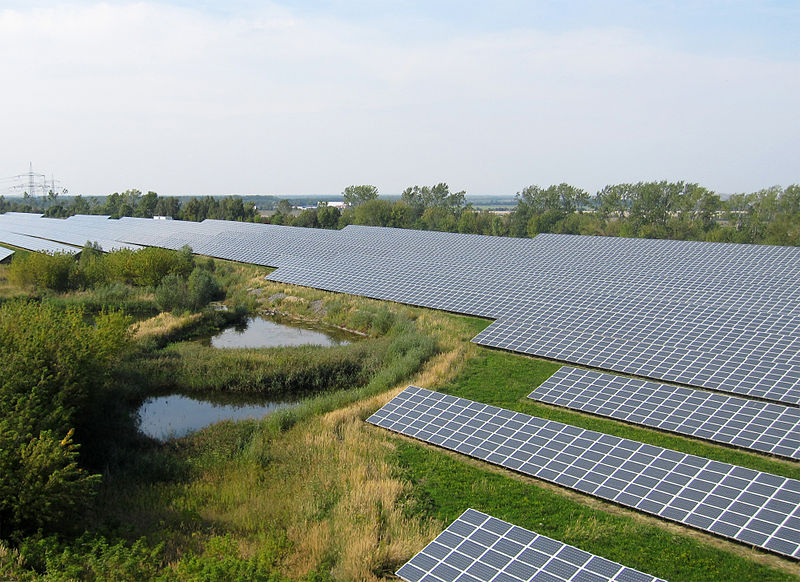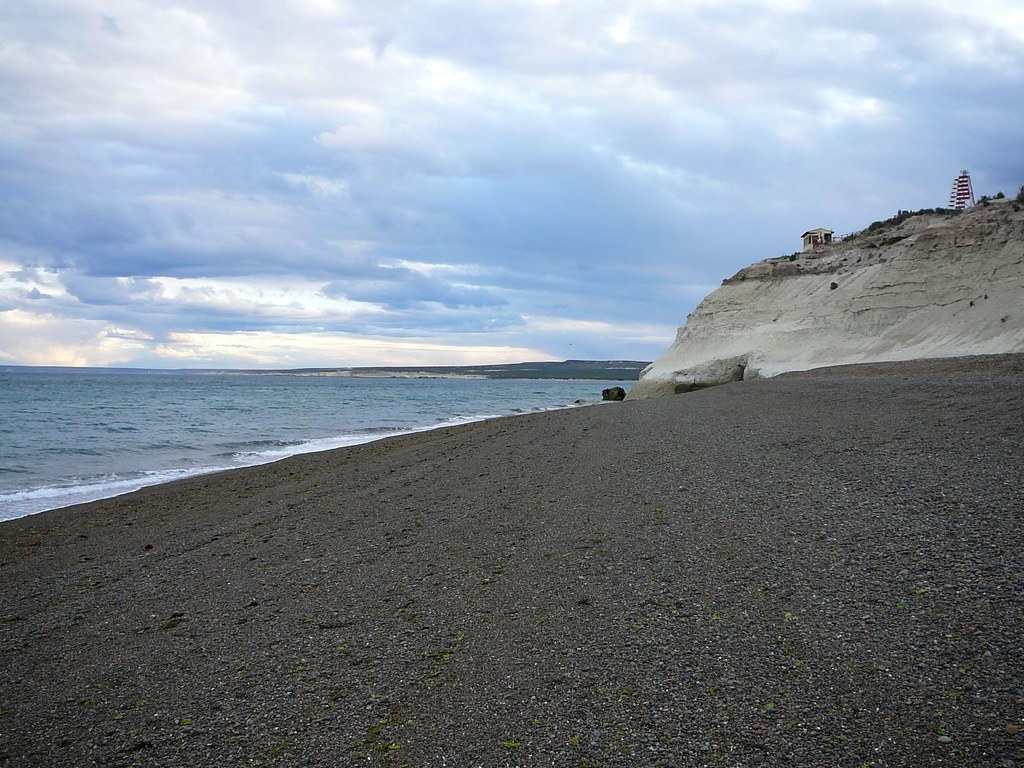The energy transition is not advancing at the same pace everywhere. And it doesn’t prioritize the raw material, the available resource (in this case, the Sun). A paradigmatic example is Germany, which has much less solar resource than Italy, Spain, or Portugal but produces more electricity with photovoltaic panels than its southern European neighbors. Last year (2023), Germany (once a nuclear paradigm) produced more electricity with solar panels than Spain did with its nuclear power plants. This past week, there were days when the great northern nation generated more than double the electricity of Spain and Portugal combined.
Last year, Germany’s photovoltaic electricity production easily doubled Italy’s PV production and also far surpassed that of the entire Iberian Peninsula (Spain and Portugal combined). The data, collected by the renewable energy observatory of the European Commission, appears in the latest edition of the classic EurObserv’ER Photovoltaic Barometer. According to this document, Germany produced over 61,000 gigawatt-hours of PV electricity last year (2023), while Spain and Portugal together did not reach 48,500; and Italy barely surpassed 30,000.
The numbers (production) contrast with the available resource. While practically the entire Iberian Peninsula receives close to or more than 1,800 kilowatt-hours of solar energy per square meter per year, in Germany, that resource is around 1,200. Nothing new under the Sun. The secret (clearly) lies in the installed capacity. There are many more operational solar photovoltaic installations in the great northern nation than in any of the southern countries.
According to the FV Barometer 2024, Germany ended the year 2023 with more than 82,000 megawatts of installed solar photovoltaic capacity (or 82 gigawatts, GW); while Spain and Italy each had around 30 gigawatts. Moreover, the gap has grown in the last year. Germany installed more than 14 gigawatts of new PV capacity in the past twelve months; Spain, 7.3; and Italy, 5.2. This has made it possible that, although solar irradiation is much lower in Germany than in Spain, electricity production (thanks to that enormous generation park) is much higher.
Similar Post
In 2023, the Sun produced more electricity in Germany (61,000 megawatt-hours, as mentioned) than all the nuclear power plants operating in Spain combined. That is, more than Ascó I, Ascó II, Vandellós, Cofrentes, Trillo, Almaraz I, and Almaraz II, combined (which collectively produced 54,276 gigawatt-hours last year, according to Red Eléctrica, the national electricity system operator).
Regarding this spring, the numbers continue to point in the same direction. Between May 6 and 12, Germany produced much more than double the electricity with solar energy than Spain and Portugal combined. Or triple that of Italy. During the second week of May (data now from the Aleasoft consultancy), Portugal, Spain, France, and Germany also set historical daily photovoltaic production records. Portugal set a new record on Sunday, May 12, with a total generation close to twenty gigawatt-hours (20 GWh).
Almost simultaneously, mainland Spain broke its best historical PV record (specifically on Wednesday, May 8), marking 181 GWh. France also set its best mark that week, on Friday, May 10, with 128 GWh. Likewise, Italy registered its two best figures in eight days: 134 gigawatt-hours on Sunday, May 5; and 132 gigawatts on Sunday, May 12.
Finally, in the north, the EU’s photovoltaic locomotive, Germany, also set a new record this week: on Sunday, May 12, with no less than 382 GWh of photovoltaic generation. What’s more, for the third week of May, AleaSoft analysts predict a further increase in solar production in Germany. In other words, new records are coming. They will also come in Spain, which continues to install new solar photovoltaic capacity.


















